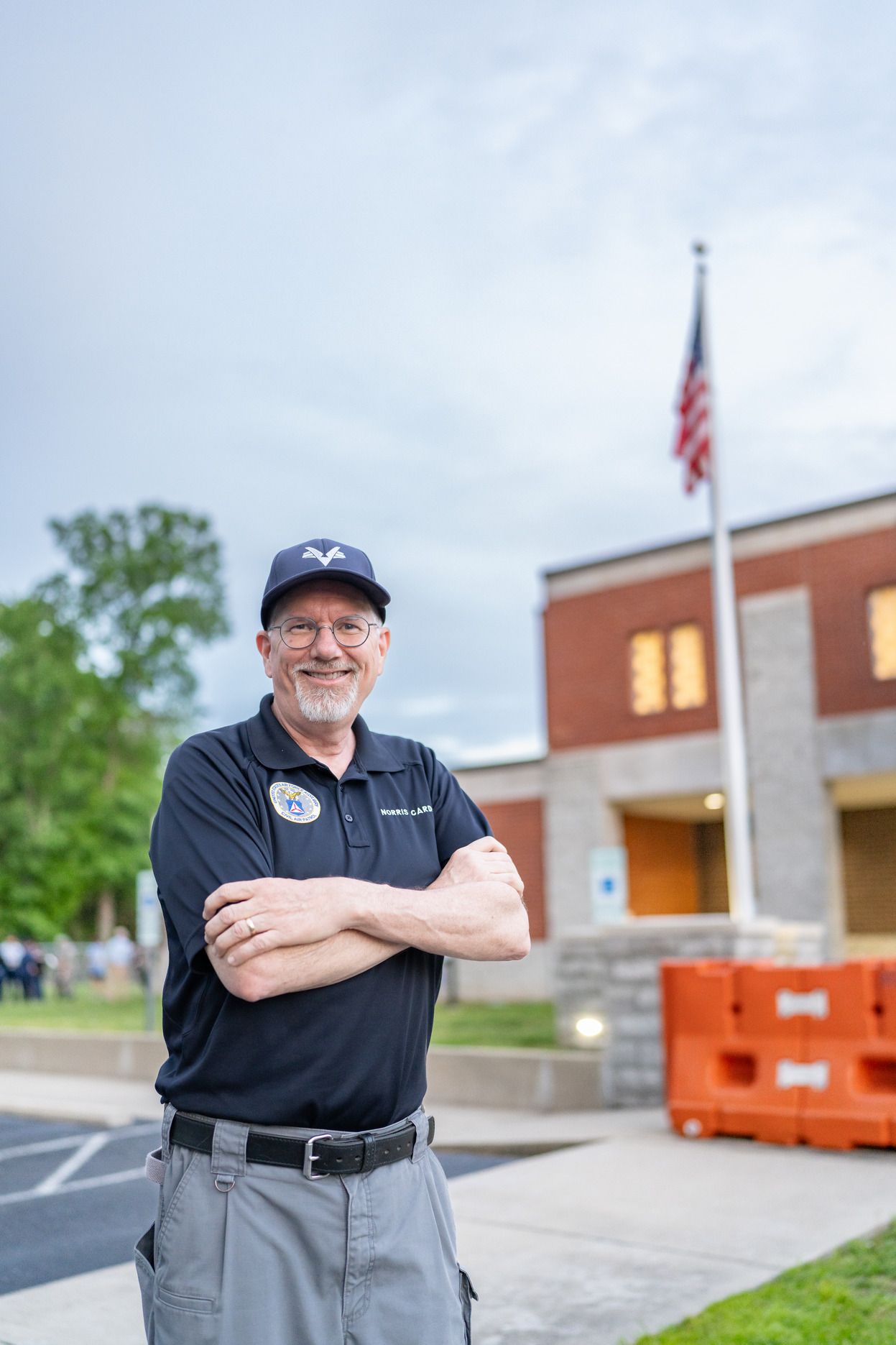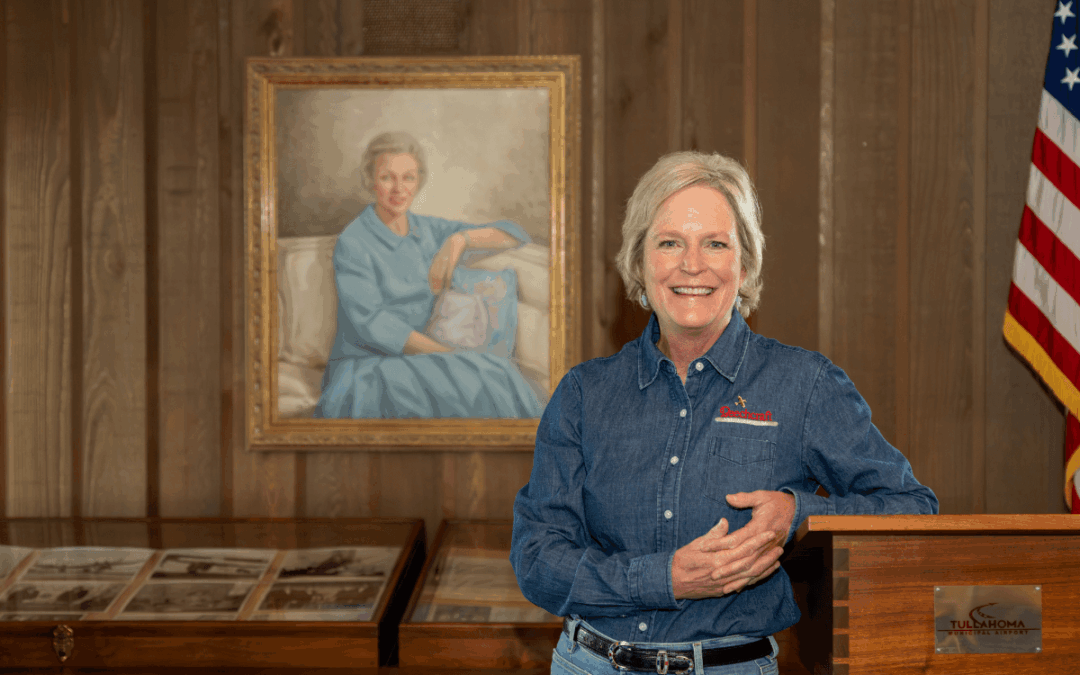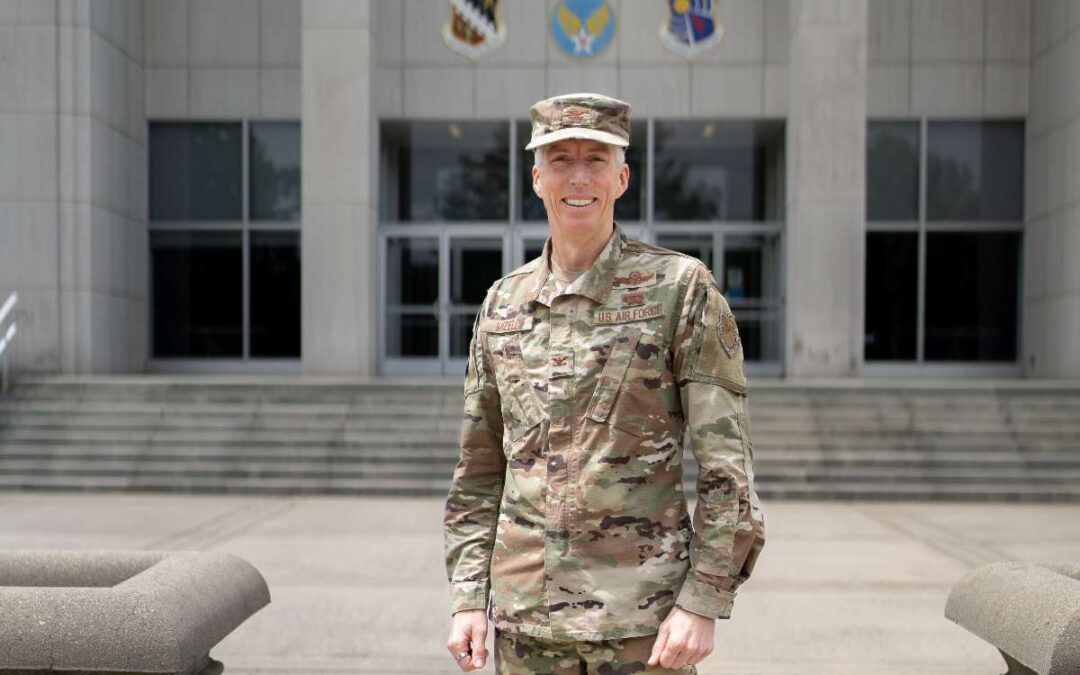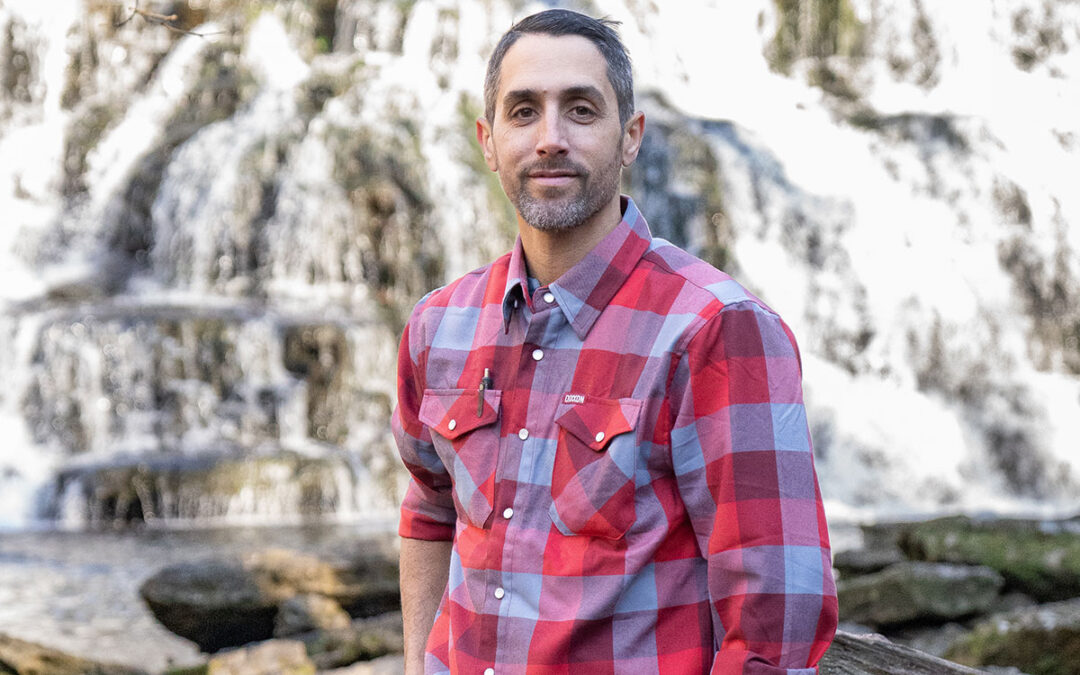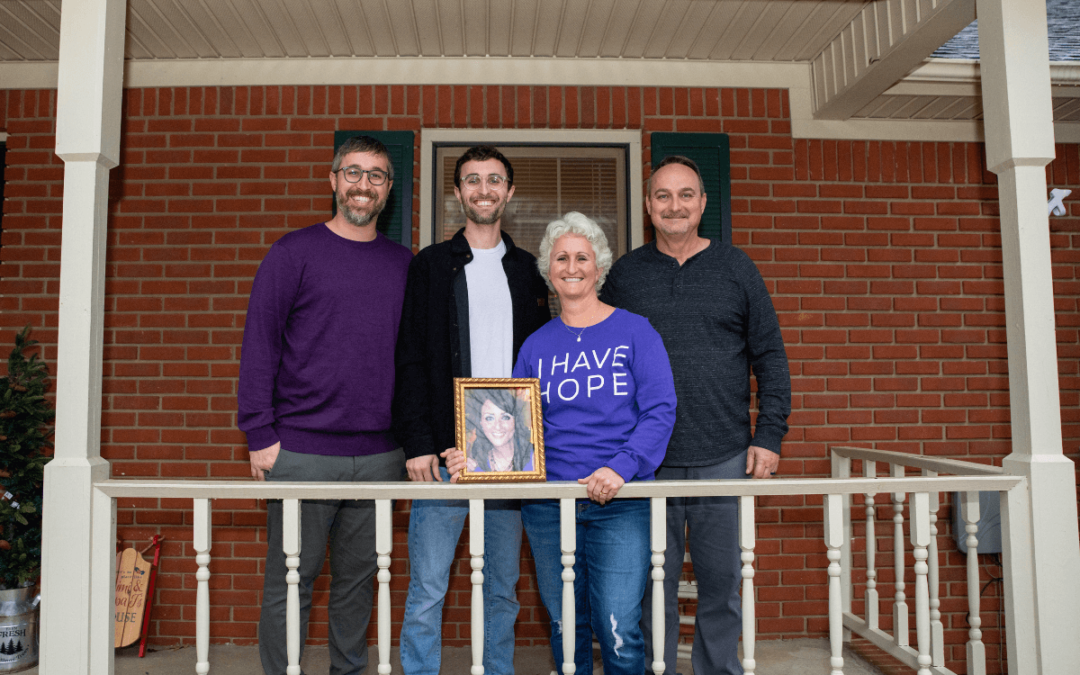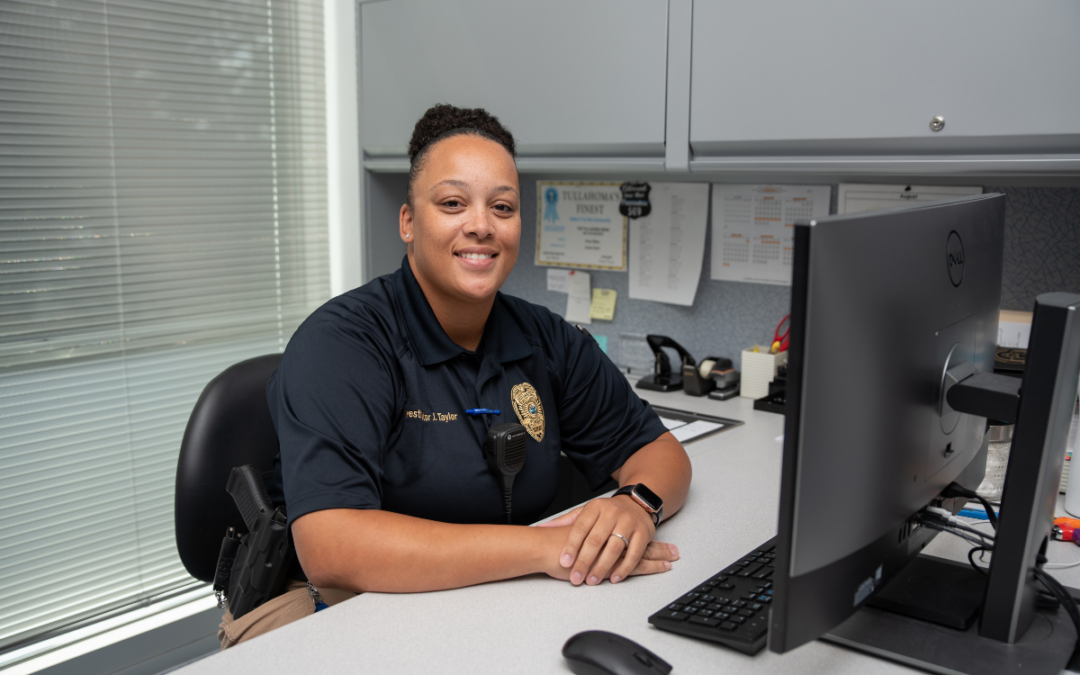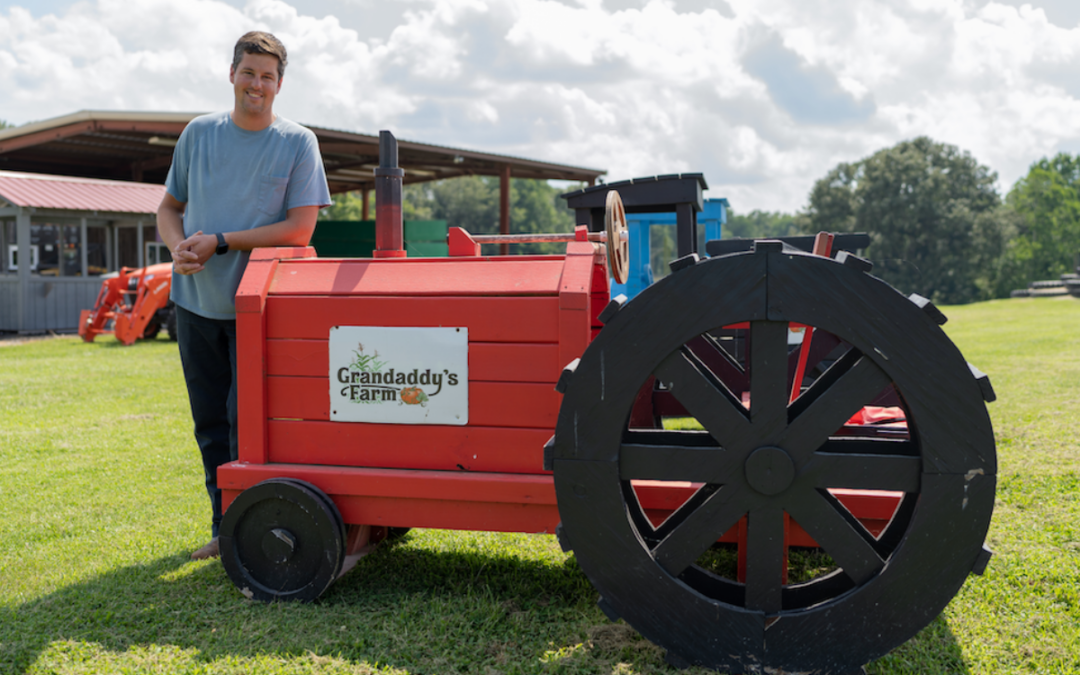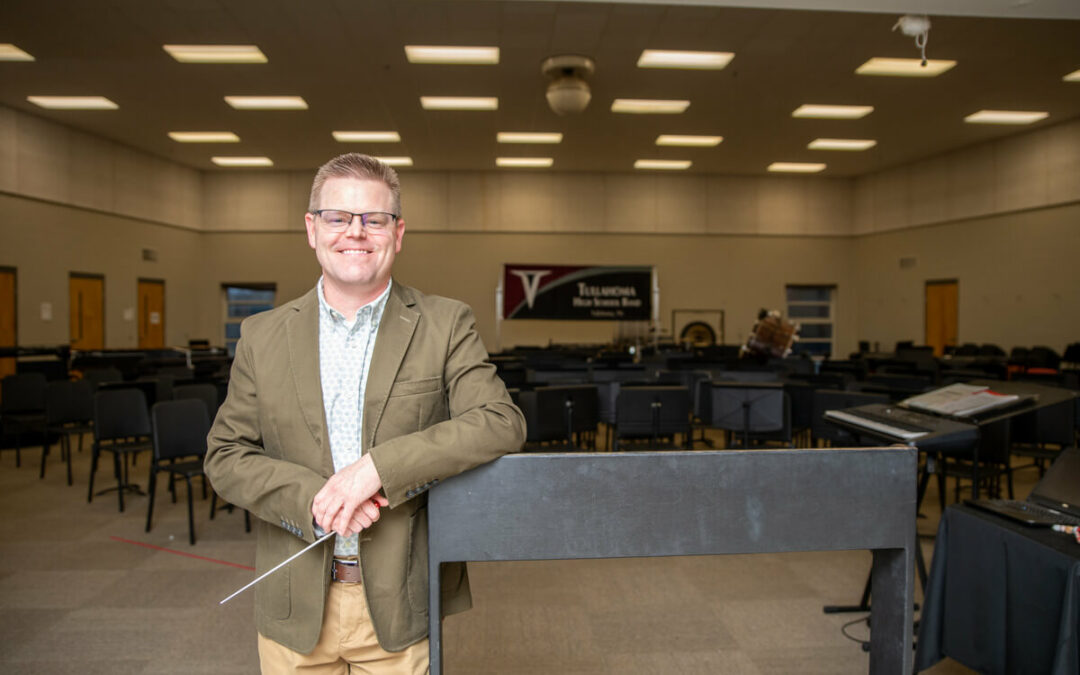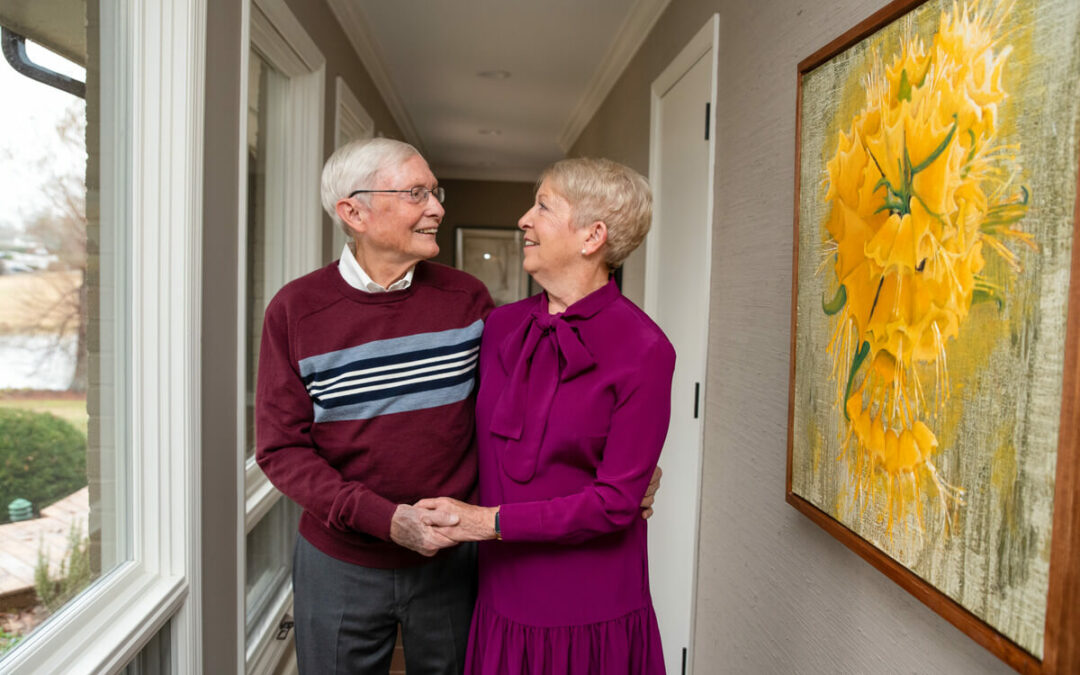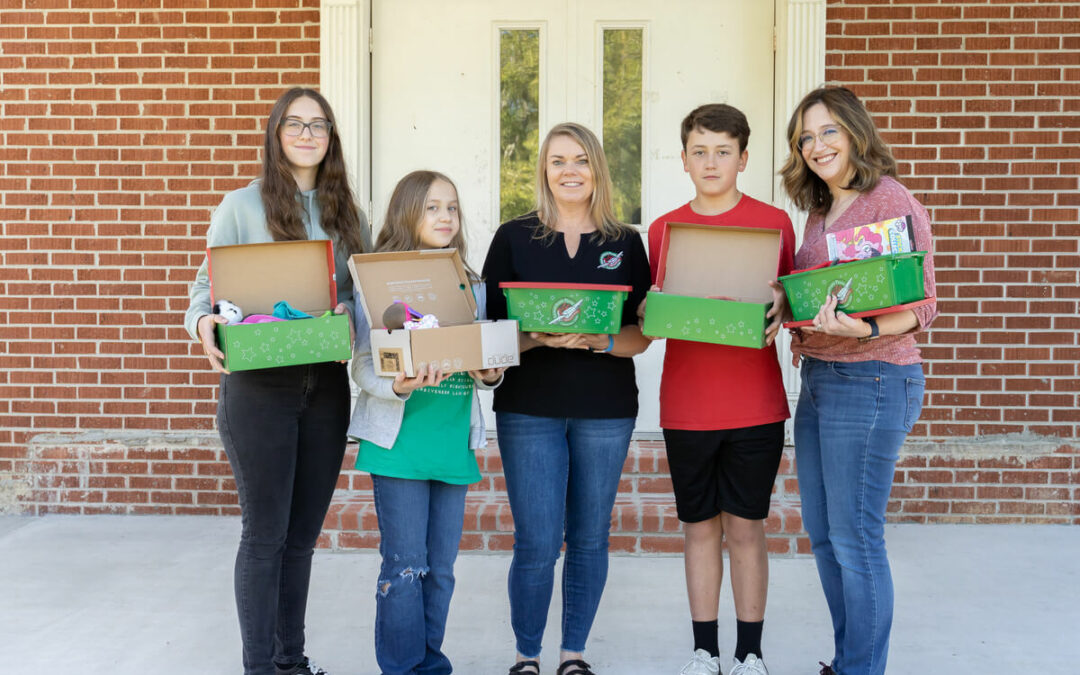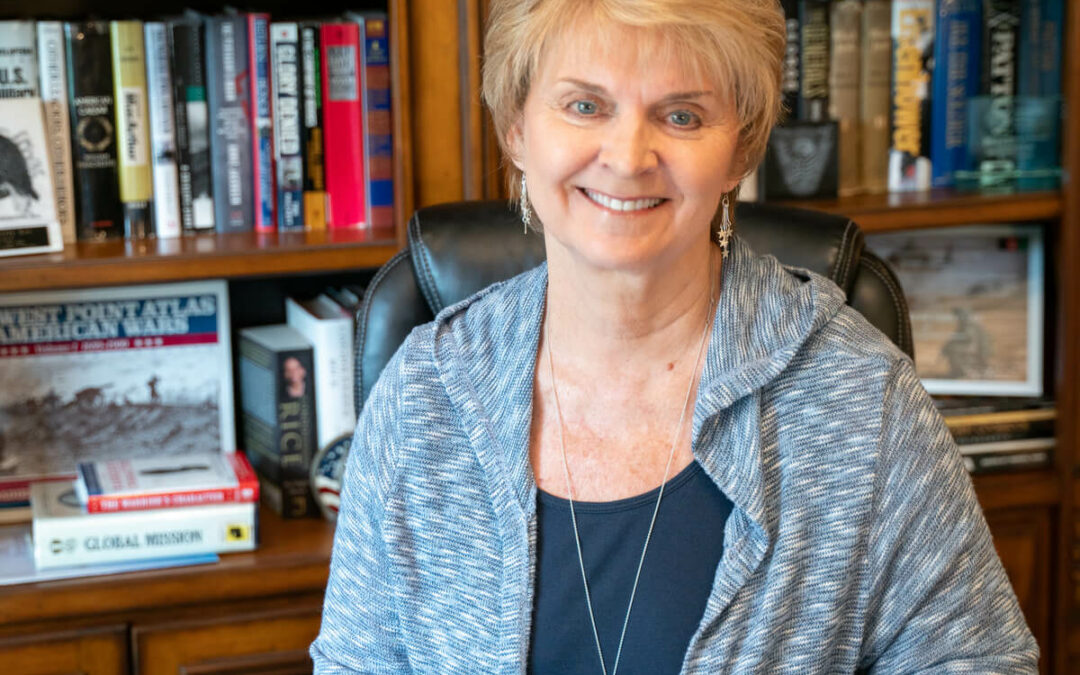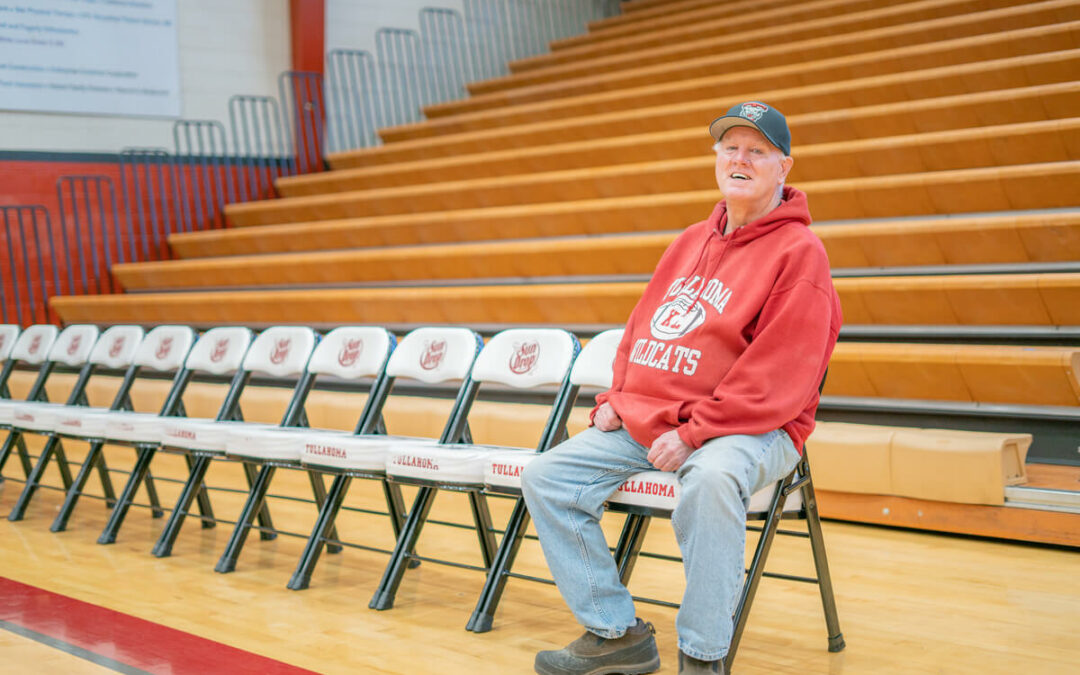ESTABLISHED JUST days before the infamous attack on Pearl Harbor in 1941, the Civil Air Patrol (CAP) symbolized a ray of hope during one of the darkest periods in American history. Initially conceived as a civilian defense force, CAP swiftly evolved into a vital component of the nation’s emergency response infrastructure. With a fleet of over 500 single-engine aircraft spread across the country, CAP stands ready to leap into action at a moment’s notice — whether it be in the aftermath of a natural disaster or during times of national crisis.
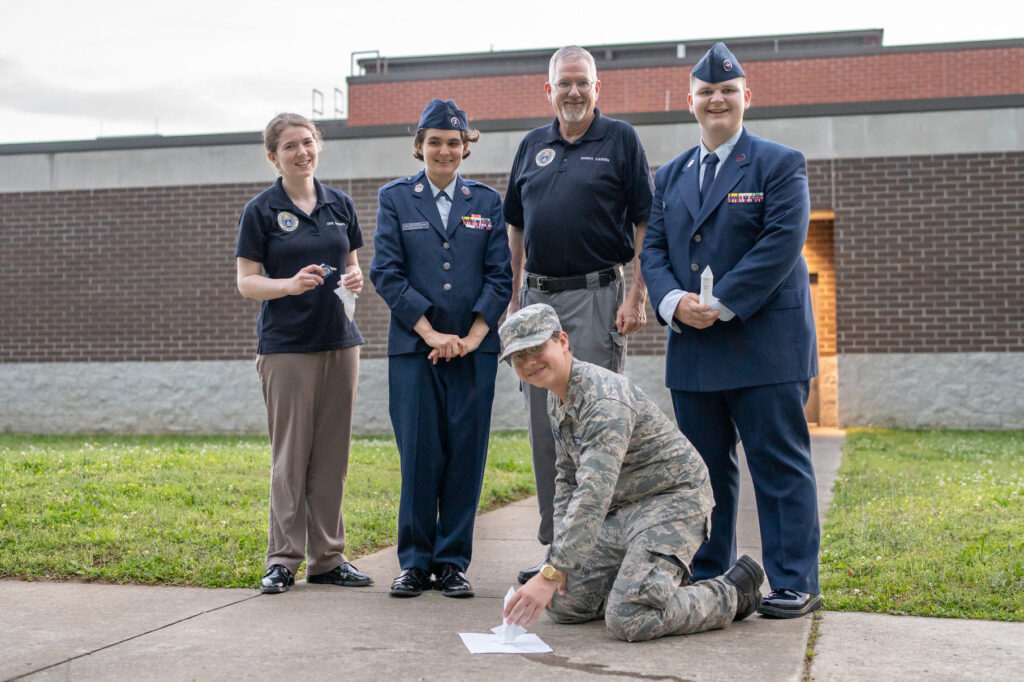
Norris Carden, a dedicated composite squadron commander and airborne photographer with CAP in Tullahoma, spends his time shedding light on the organization’s multifaceted role, explaining how CAP’s aerial reconnaissance missions are pivotal in disaster response efforts. He recounts the harrowing events of 9/11 when CAP’s Cessnas were among the few aircraft permitted to soar over New York City’s skyline, capturing crucial imagery of ground zero and aiding in the assessment of the devastation wrought by the terrorist attacks.
“Civil Air Patrol is better equipped. The planes fly lower, slower. They’re better equipped to do aerial photography than anything else the Air Force has. We are not part of the military arm of the Air Force, but we are the Air Force Auxiliary.”
Since then, its mission has expanded to encompass a wide range of services, from aerial photography to search and rescue operations.
But CAP’s contributions extend far beyond the skies. Within CAP lie three core competencies: aerospace education, youth programs, and emergency services. It’s evident that CAP is not just about flying planes; it’s about empowering the next generation of leaders and innovators. Through its aerospace education program, CAP provides free resources to educators, inspiring students in public and homeschools to pursue careers in science, technology, engineering, and math. From model rocketry to robotics, CAP cultivates a passion for science and exploration in young minds.
“We sometimes go out and talk to kids in classrooms,” Carden said. “We visited the Coffee County Homeschool Association and had a day at the Tullahoma airport, between looking at the Vanderbilt helicopter and looking at the Beechcraft Museum and watching the aircraft operations. We met up with them and taught them some more about aerospace — about planes and flying and stuff.”
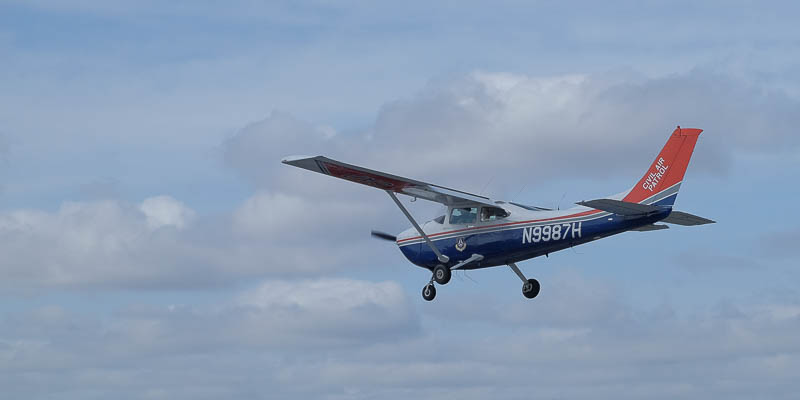
The youth programs CAP offers are equally transformative. With a cadet program designed for ages 12 to 18, CAP instills valuable leadership skills, character development, and a deep appreciation for service.
Cadets like Carden’s daughter, who joined CAP in 2017, have the opportunity to explore a wide range of activities, from flight training to cybersecurity camps. An emphasis on hands-on learning and real-world experiences sets it apart, giving cadets the tools they need to succeed in both aviation and life.

Carden recounts the countless exercises and operations he’s trained for, from locating emergency radio beacons to standing ready to assist with wildfire response efforts. CAP’s partnership with agencies like the Federal Emergency Management Agency and the National Guard ensures a seamless coordination of resources and personnel in the face of adversity.
“Just last year at the Tullahoma airport, we had to help find the radio beacon [emergency locator transmitter] that was going off.”
The most remarkable aspect of CAP is its ability to transform lives. Cadets who join embark on journeys of self-discovery and growth. From earning their private pilot’s license at age 17 to pursuing careers in aerospace engineering, CAP cadets are poised to soar to new heights.
“We have former cadets who are nurses,” he began. “We’ve got former cadets working in cyberspace security. We have one cadet right now who is 18. He has already joined the Tennessee Air National Guard (TN ARNG) and has been preparing to go to basic training. But because of his Civil Air Patrol experience, they’re giving him the rank of E-3 — private first class. He jumped two promotions.”
With opportunities like the CyberPatriot competition and specialized summer activities, CAP equips cadets with the skills and confidence they need to succeed in an ever-changing world.
As Carden reflects on his own journey within CAP — from photographer to squadron commander — his pride and gratitude are palpable. Over the years, he has proudly witnessed the camaraderie among members, the sense of purpose that comes from serving others, and the profound impact CAP has had on his community. It’s clear that for Carden and his fellow volunteers, CAP is a calling, a mission, and a legacy of service that spans generations. GN

